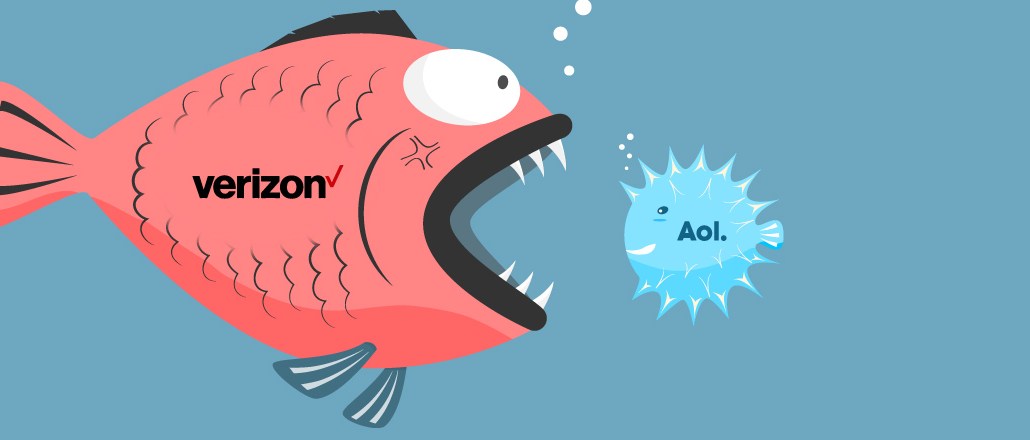Save 50% on a 3-month Digiday+ membership. Ends Dec 5.

The desire to scale up and reach millennial readers drove many high-profile publishing deals in 2015. Here are five takeaways from all the activity:
Scale matters
Scale is still the name of the game in today’s media landscape, as advertisers pump more of their dollars through programmatic channels. Business Insider is a case in point. It grew out of a vertical business blog (it was originally called Silicon Alley Insider, after all), but going broad editorially paid off in audience growth — expanding more than 50 percent this past year alone. Detractors may mock it for its clicky headlines, but BI had the last laugh when Axel Springer snapped it up for $343 million.
Power to the millennials
Advertisers want to put their message in front of millennials, but many legacy media companies struggle to reach them. If you can’t beat ’em, buy ’em: NBC Universal bought stakes in Vox Media and BuzzFeed this year; Hearst’s invested in men’s lifestyle publisher Complex Media, and Time Inc. acquired the adorkable Hello Giggles. Still, caution prevailed. Media companies would rather buy proven brands than attempt to build them themselves, often through investing rather than buying outright, said Reed Phillips, CEO and managing partner of media banking firm DeSilva + Phillips. “They saw News Corp buy some companies and it didn’t work out, so I think media companies are more cautious about acquiring digital media companies.”
Quality brands still count
Pearson’s sale of The Financial Times and its 50 percent stake in The Economist for a $1.3 billion and $730 million, respectively, caused jaws to drop. They were valued more like tech companies than newspapers and magazines; the FT sold for 10 times what the average U.S. newspaper would ordinarily go for and well over the $250 million that Jeff Bezos paid for The Washington Post in 2013. But the high prices speak to the publications’ strong brands, carved out with affluent business readers. That’s reflected in their ability to get top dollar for both print and digital subscriptions, while most legacy publications gave their digital content away for free in a bet on audience.
It’s all about the ad tech
Tech has become the backbone of media, with ads increasingly delivered through automated channels. This is specifically what made AOL an attractive to get for Verizon this year. AOL has won over ad agencies by building up its programmatic platform over the years. In buying it, Verizon will try to fulfill its ambitions to be more than just a content pipe but an ad seller as well as content distributor.
And video, of course
The average time people will spend consuming online video each day will increase by 23.3 percent in 2015 and another 19.8 percent in 2016, according to ZenithOptimedia. Ad dollars are following: Online video is the fastest-growing category of online advertising, and is forecast it to grow by 28.9 percent to $16.1 billion worldwide in 2015 and 22.5 percent in 2016, according to the agency. Desire for video was another reason Verizon bought AOL, which has become a video powerhouse. Ditto Complex Media, whose focus on short-form video helped it attract a $21 million investment from Hearst this year.
More in Media

AI-powered professional learning and the battle vs. ‘workslop’: Inside Deloitte’s Scout
Deloitte last month launched Scout as part of its Project 120, the company’s $1.4 billion investment in professional development.

‘The Big Bang has happened’: Reach gets proactive on AI-era referrals, starting with subscriptions
This week, the publisher of national U.K. titles Daily Mirror, Daily Express and Daily Star, is rolling out its first paid digital subscriptions – a big departure from the free, ad-funded model it’s had throughout its 120-year history.

Arena Group, BuzzFeed, USA Today Co, Vox Media join RSL’s AI content licensing efforts
Arena Group, BuzzFeed, USA Today Co and Vox Media are participating in the RSL Collective’s efforts to license content to AI companies.





